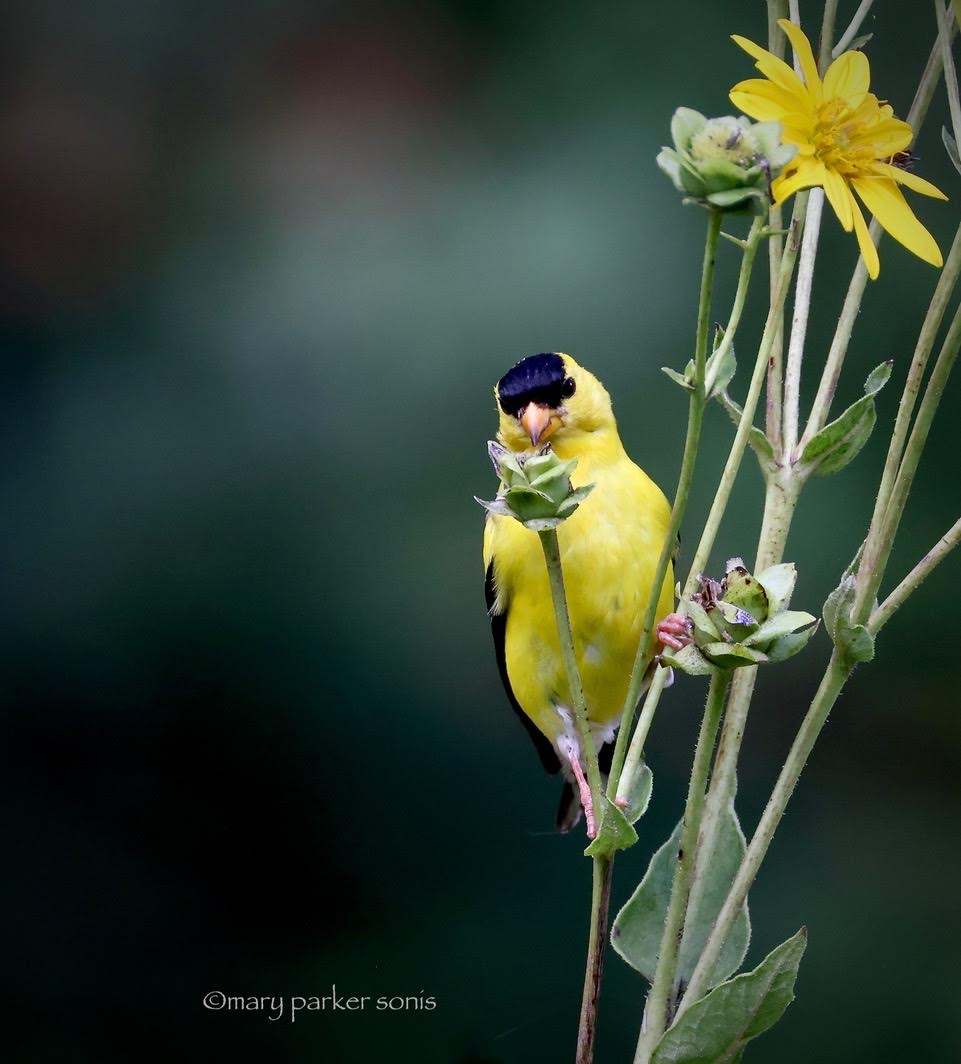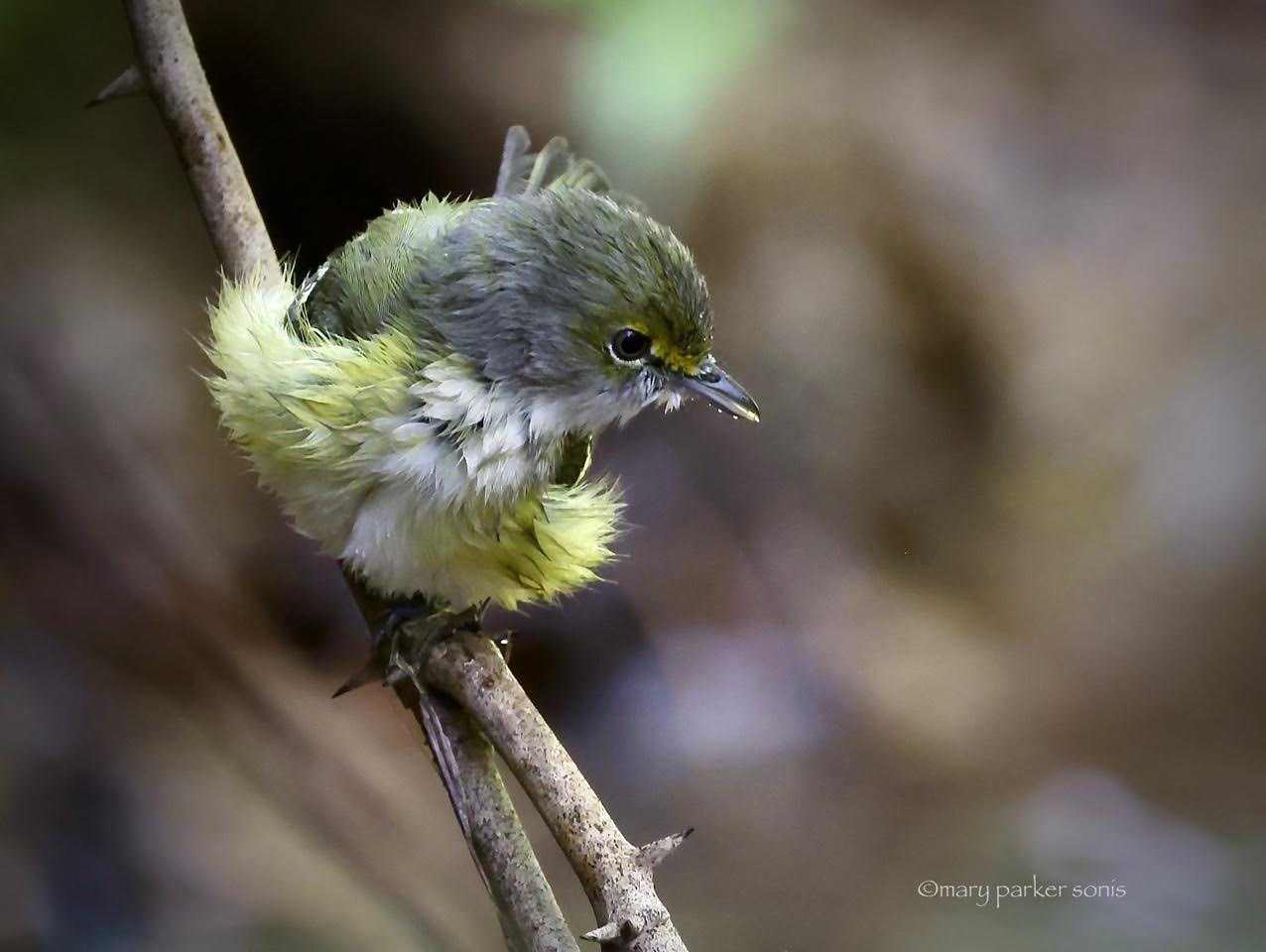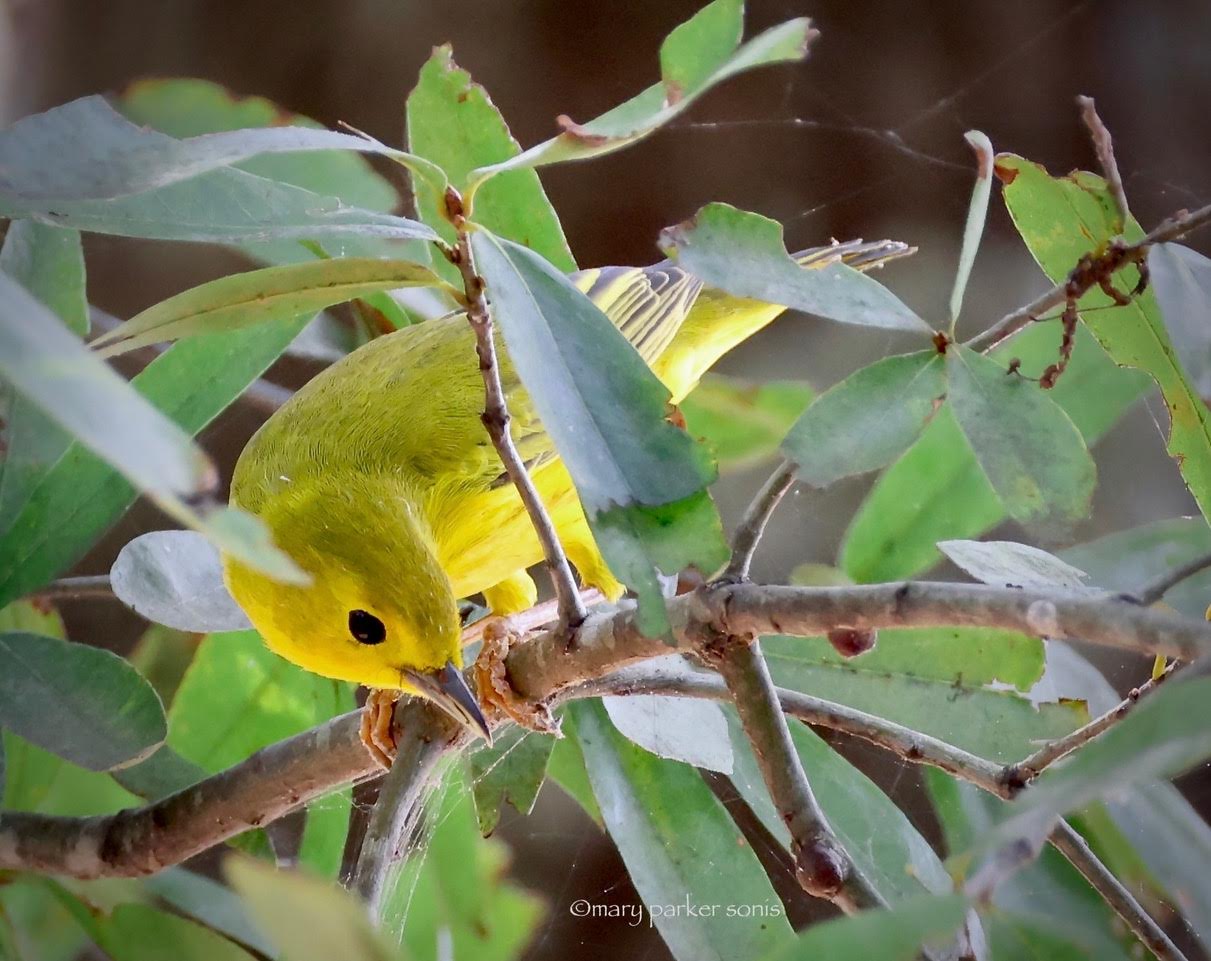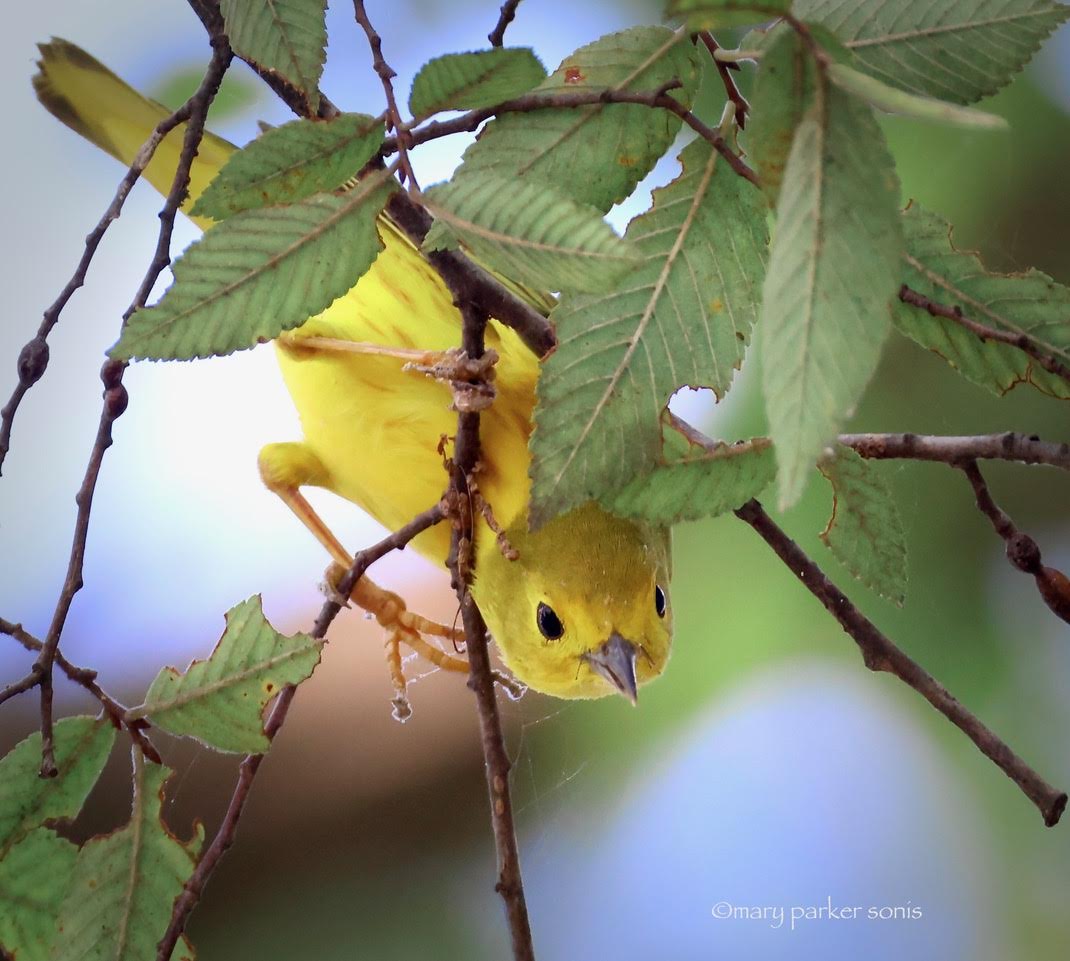The frog? Again? I loved the encounter with the tree frog so much, I had to keep working with frog photos..
🎶 at the Copa, Cope’s frog cabana, the hottest spot north of Savannah…🎶. her name was Lola, she was a tree frog…
All right, all right, I think I can let it rest now.

The other non-migration thrill came from this encounter at Brumley North. Every day I pass a solitary Cleome (aka spider flower), known for its color and extra long stamens. It’s invasive as far as I know, but it’s gorgeous, and happens to be quite popular with the White-lined Sphinx Moth (Hyles lineata). On this particular hot day, I couldn’t locate a bird to save me, but the Sphinx Moth saved the outing. These moths nectar during the day, and into the early evening. It’s been noted that they often choose colorful flowers in the daylight hours, and nectar on pale or white flowers as dusk approaches. Their vision is quite good, so they don’t entirely rely on olfactory cues to locate a nectar source. The proboscis of this moth is exceedingly long, and its wingspan can be as wide as three inches.
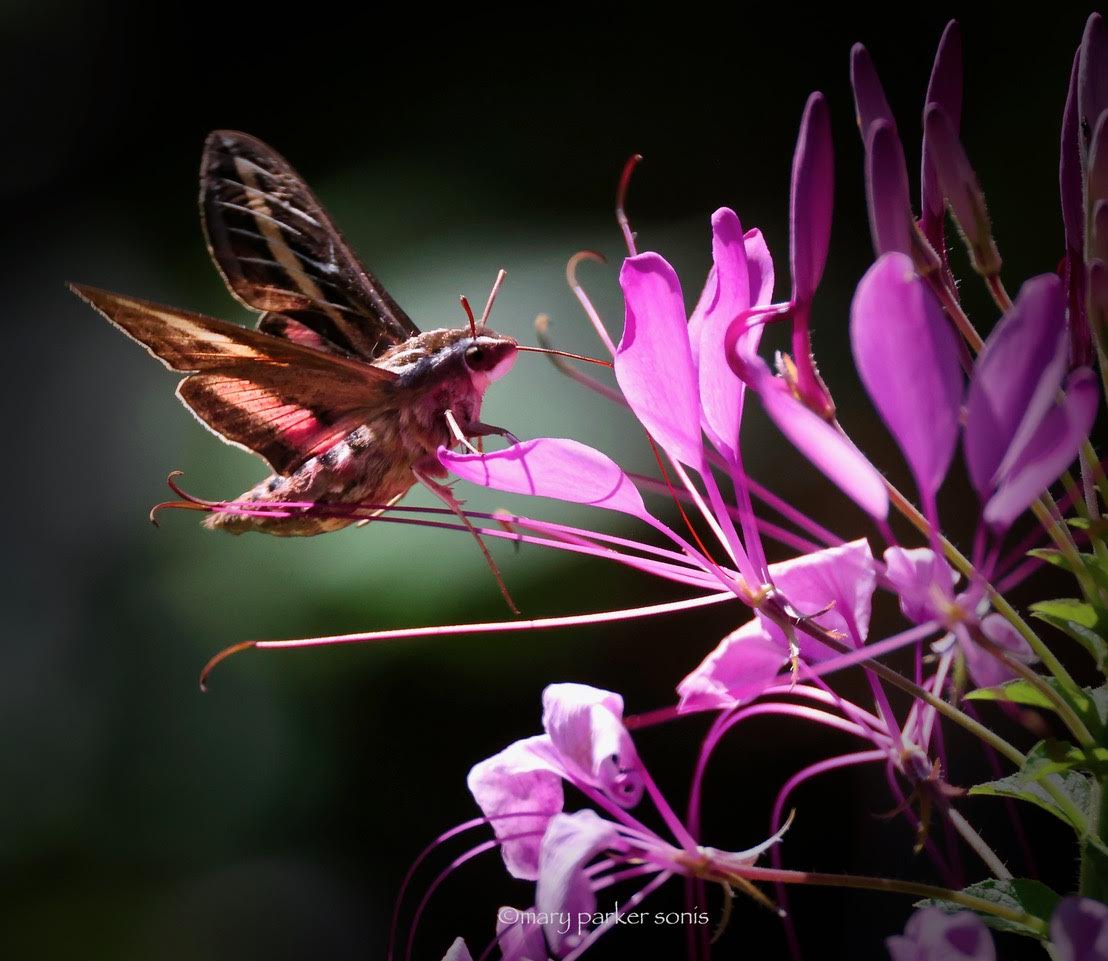
Newly hatched Garter Snake, tiny and feisty.
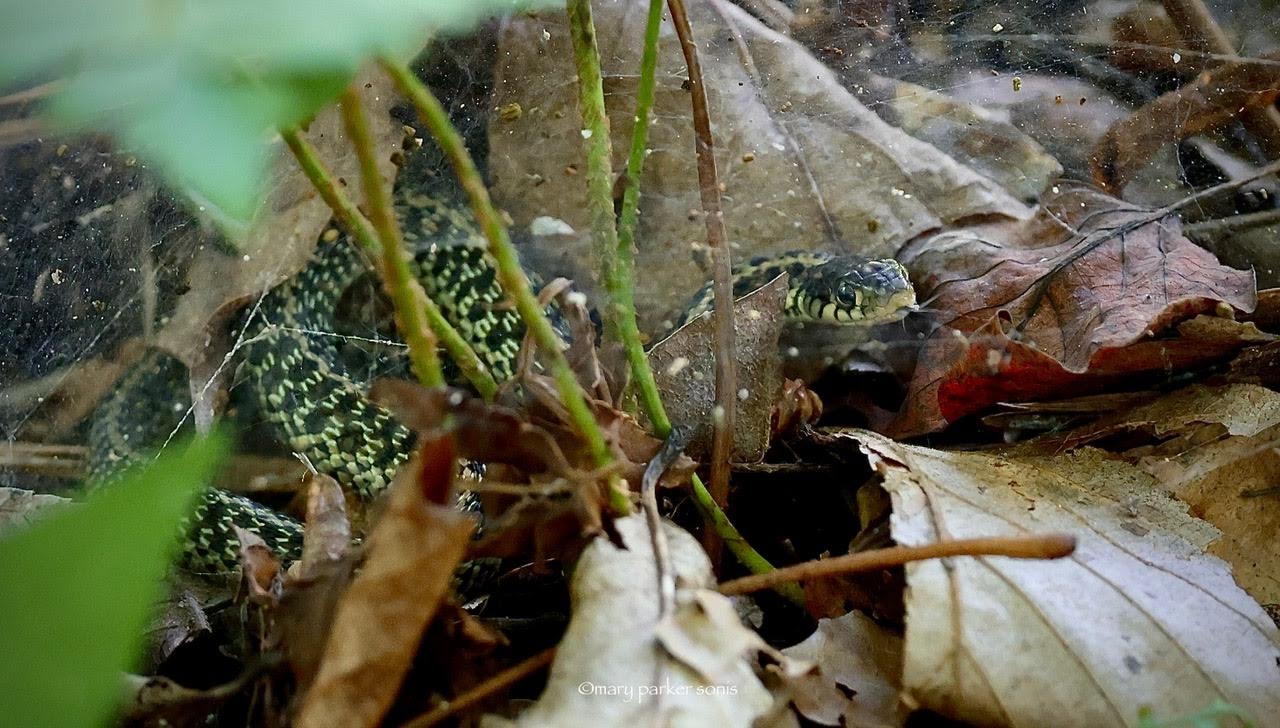
Blue Grosbeak (first year male). You can see that the bird is coming into its adult color, but has that scruffy, awkward teen look at the moment.

Never disappointed by the local Hooded Warblers. Adult male.

First year male Hooded Warbler. Note that all of these summer youngsters will soon be making their first migration ever. So young, he doesn’t even have his full black balaclava.

White-eyed Vireo (immature), the eye hasn’t yet taken on the distinctive white coloration.
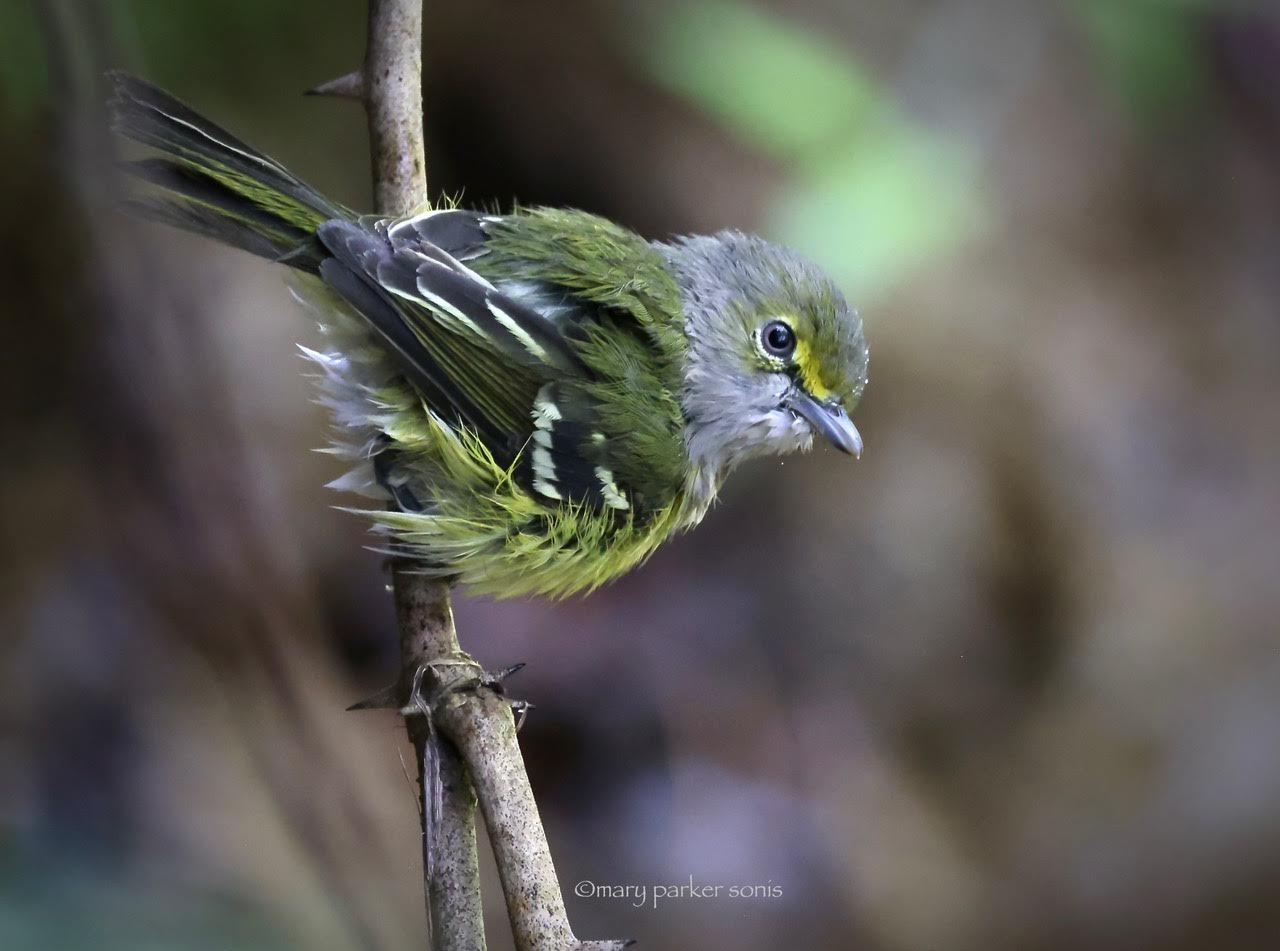
The watchful parent of the young vireo shown above. This time of year you can often see vireos and warblers traveling in small family groups.
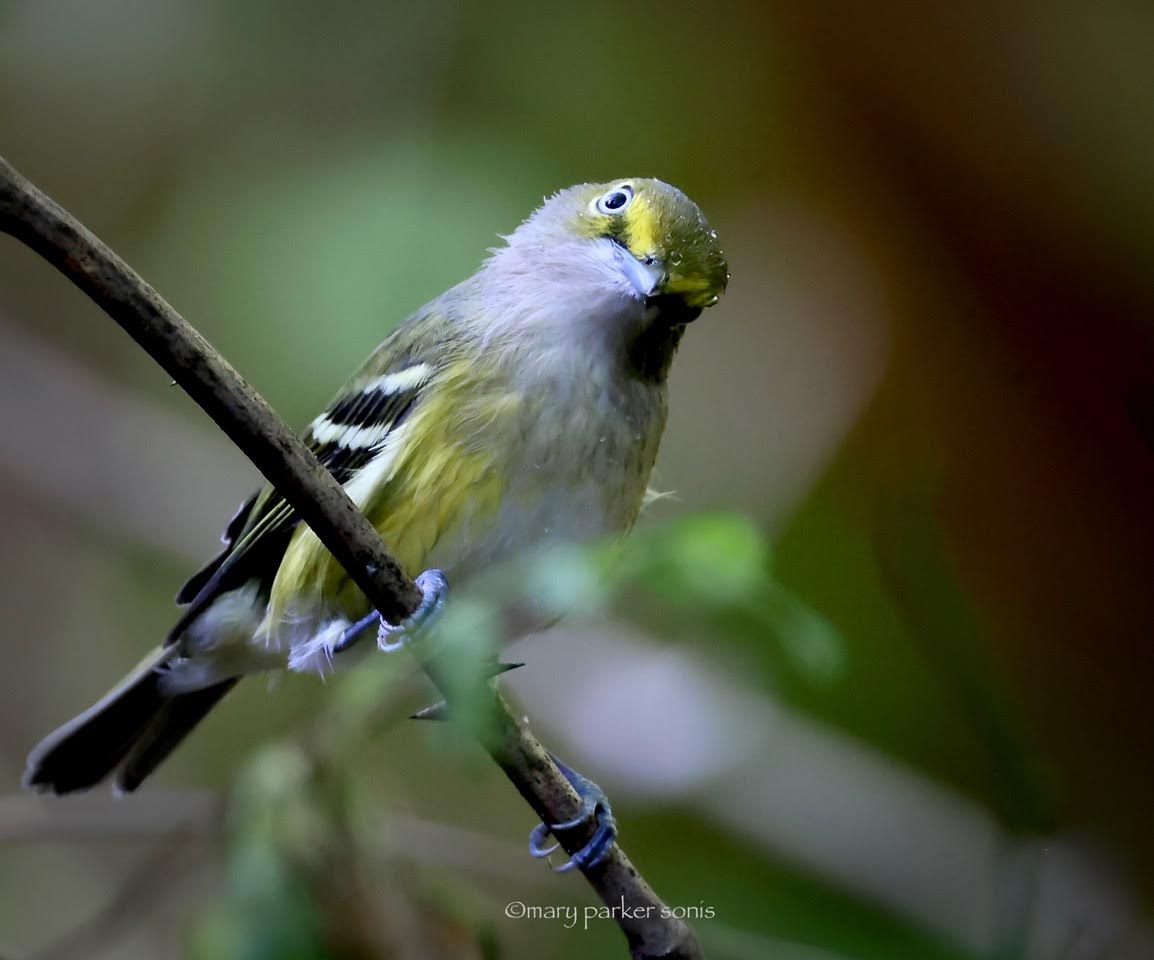
Northern Waterthrush (a warbler species). Migrant, does not nest here, but is traveling through.
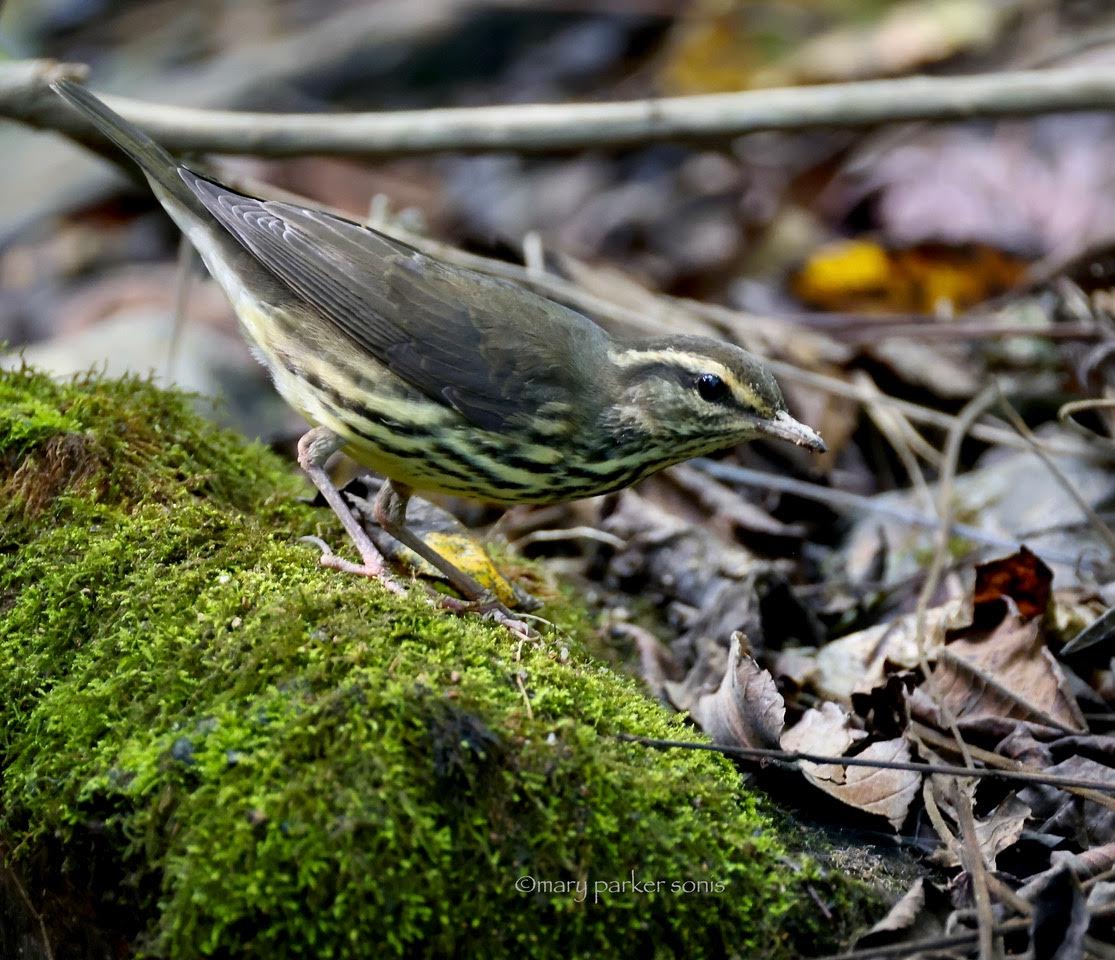
Yellow Warbler, migrating male
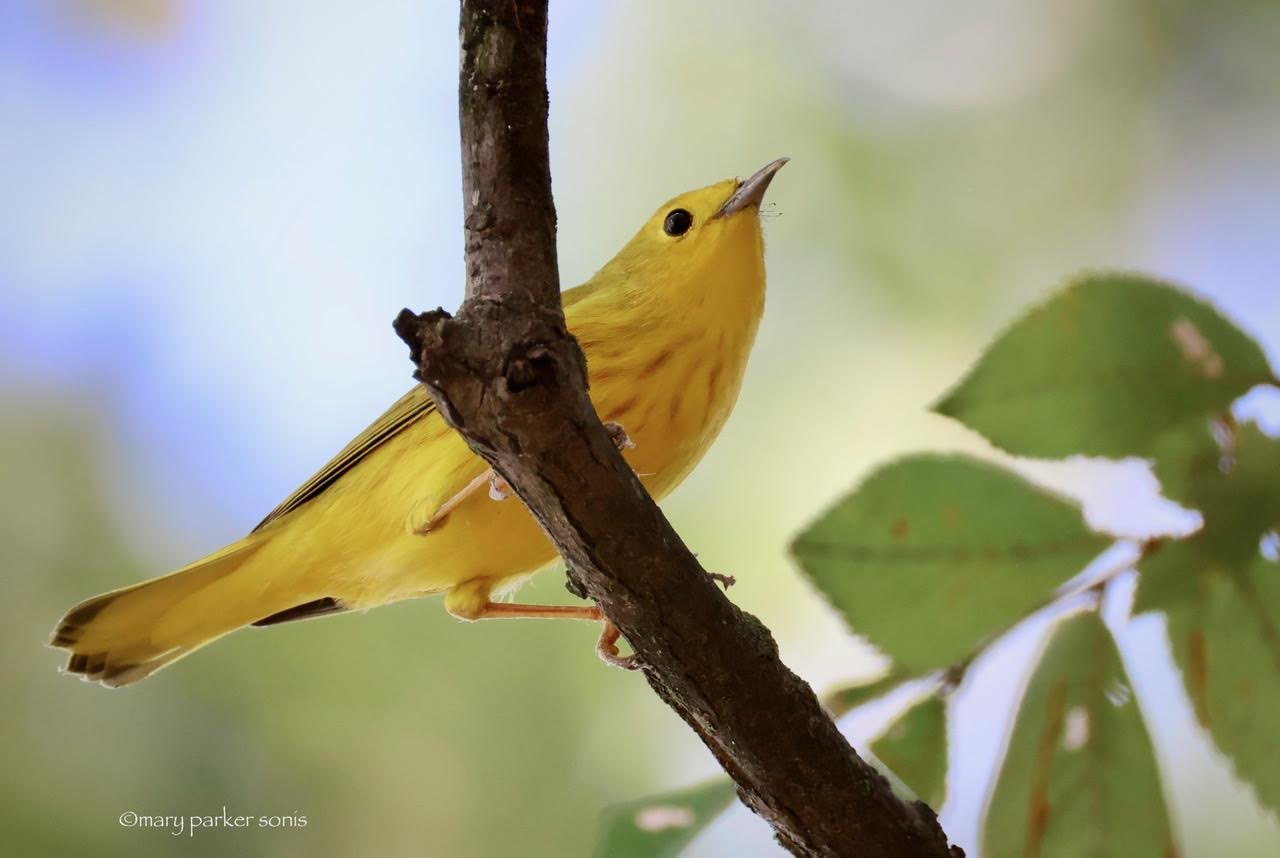
A little ray of sunshine.
Black and White Warbler, a summer resident.
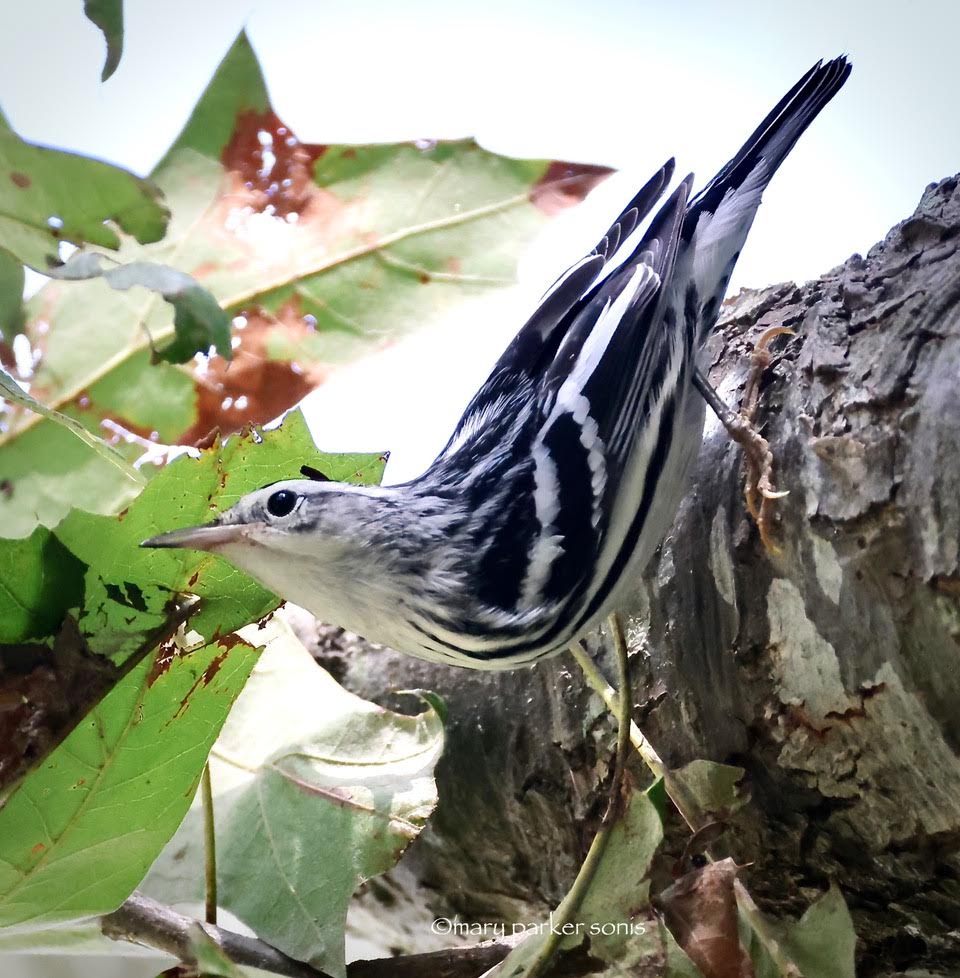
Prairie Warbler, summer resident
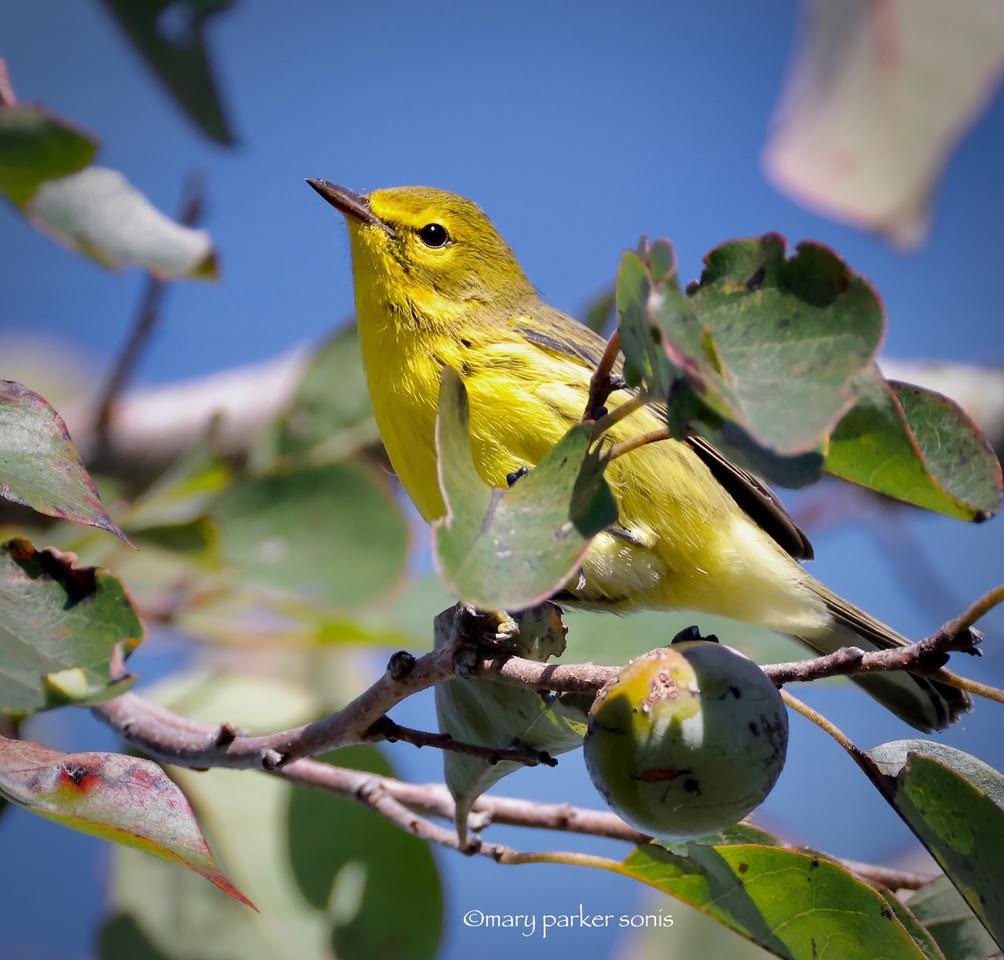
While at Jordan lake searching for warblers, I don’t ignore the Bald Eagles as they pass overhead. This one has a fish. The dark edges on its white tail tell me this bird is probably about 4 and 1/2 years old, almost adult.

In other news, I have a crittercam error to correct. The Hornworm featured in the last crittercam was not a Tomato Hornworm, but a Tobacco Hornworm. Both species can decimate your summer tomatoes and peppers.
Happy trails to all.
Love,
Mary K

